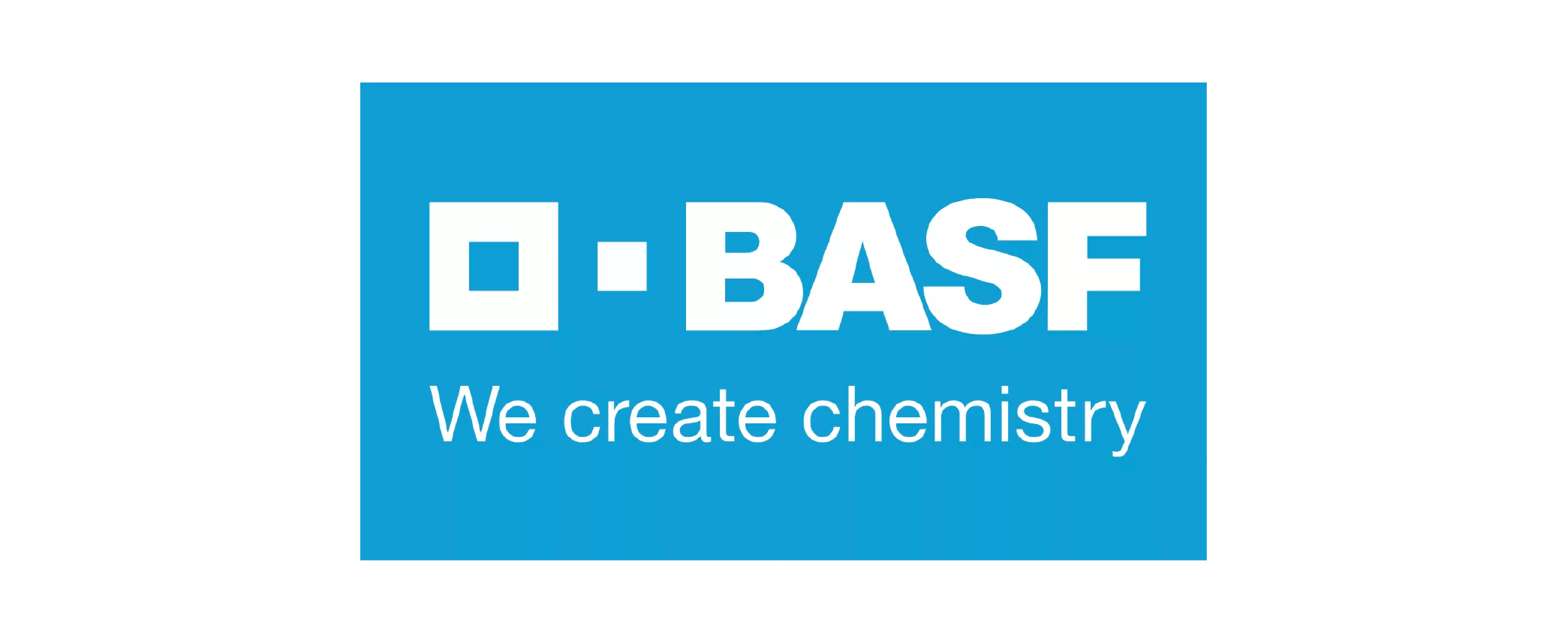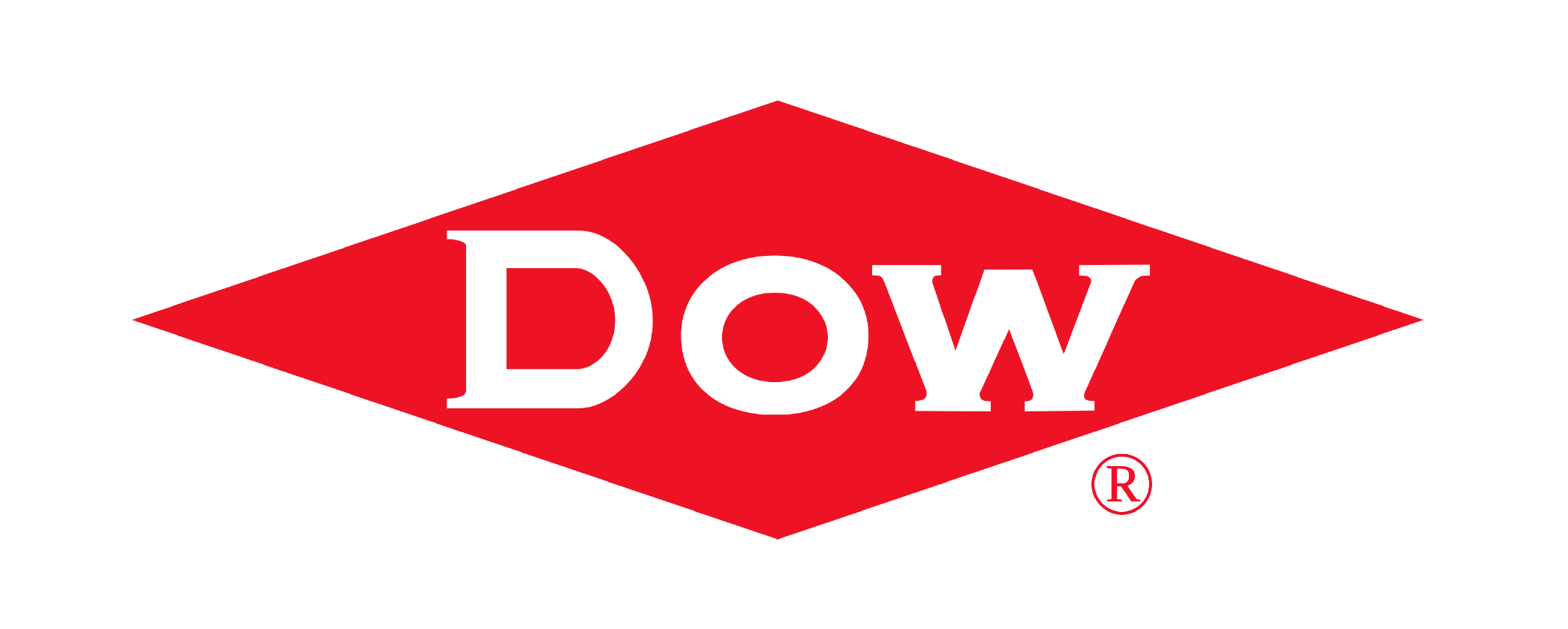The global Electric Drift Racing Components Market size was valued at USD 1.5 Billion in 2024 and is projected to expand at a compound annual growth rate (CAGR) of 22% during the forecast period, reaching a value of USD 8.1 Billion by 2032.
The "Electric Drift Racing Components Market Research Report" from Future Data Stats offers a comprehensive analysis of the market landscape, leveraging historical data from 2021 to 2023 to highlight significant trends and growth patterns. With 2024 as a baseline year, the report examines consumer behaviors, competitive dynamics, and regulatory influences shaping the industry. Going beyond basic analysis, it provides a well-researched forecast for 2025 to 2033. Utilizing advanced data analysis techniques, the report outlines the market's growth path, identifies emerging opportunities, and anticipates potential challenges, equipping stakeholders with essential insights to navigate the evolving market environment effectively.
Market OVERVIEW:
The purpose of the Electric Drift Racing Components Market is to supply high-performance parts that enhance the speed, control, and safety of electric drift vehicles. These components ranging from battery packs and motors to suspensions and brakes—are designed to meet the unique demands of drifting, where rapid acceleration, sharp turns, and precise handling are essential. Manufacturers aim to create durable, responsive systems that allow both professionals and enthusiasts to push their vehicles to the limit. This market also supports the broader shift toward sustainable motorsports by replacing traditional combustion-based components with efficient, electric alternatives. As interest in eco-friendly racing grows, the market helps teams, builders, and hobbyists access the specialized tools they need to compete in or enjoy electric drifting. It bridges innovation and performance, driving forward the future of competitive electric racing.
Market DYNAMICS:
Manufacturers in the Electric Drift Racing Components Market are now focusing on lightweight materials and integrated digital systems. Recent trends show a strong shift toward modular battery systems, allowing racers to swap packs quickly during training or events. Advanced motor controllers with real-time diagnostics and cloud connectivity are gaining traction, helping teams fine-tune performance remotely. Customizable suspension systems and aerodynamic parts are also in demand, as racers look for every advantage on the track. Looking ahead, the market is expected to expand with the growth of simulation-based component testing and AI-driven performance optimization. As electric motorsport leagues gain popularity, more startups and established companies are entering the space with specialized product lines. The rise of DIY electric drift kits and online racing communities opens new business opportunities for aftermarket sellers, software developers, and training platforms. These trends point to a future where innovation, accessibility, and digital integration shape the competitive landscape.
Enthusiasts are increasingly drawn to electric drift racing due to its thrilling nature and environmental benefits. Additionally, manufacturers are investing in innovative designs and high-performance components, making electric drift racing more accessible and appealing to a broader audience. As racing events and competitions featuring electric vehicles gain momentum, the demand for specialized components is set to rise. However, the market also faces certain restraints, including the high initial costs associated with electric racing setups and the limited availability of charging infrastructure in some regions. These challenges may hinder adoption among casual racers. Despite this, numerous opportunities exist for growth. As technology evolves, companies can explore collaborations to enhance component efficiency and performance. Moreover, the increasing focus on sustainability in motorsports presents a unique chance for manufacturers to develop eco-friendly components that cater to the evolving preferences of racing enthusiasts.
ELECTRIC DRIFT RACING COMPONENTS MARKET SEGMENTATION ANALYSIS
BY TYPE:
The demand for drivetrain components is rising as they play a critical role in ensuring torque control and smooth power delivery during high-speed drifting. As electric drift racing evolves, racers seek robust systems that offer better handling and reduced power loss. Upgraded gear differentials and high-efficiency shafts are becoming standard among competitive drivers looking to gain an edge. Suspension systems are gaining traction due to their direct impact on cornering precision and weight distribution. Teams now focus on adjustable and electronically controlled suspensions that allow on-the-fly tuning during practice and competition. This adaptability helps racers fine-tune their vehicles for different track conditions, which is especially valuable in professional circuits.
Battery packs and motor controllers also lead in component innovation. High-capacity lithium-ion batteries with fast-discharge capabilities are critical for consistent torque throughout a race. Meanwhile, smart motor controllers ensure efficient energy usage, precise throttle response, and heat regulation. This pairing has become essential as racers demand more power without sacrificing reliability.
BY APPLICATION:
Professional drift racing drives component upgrades with high performance and durability at the forefront. Teams invest in premium parts that can handle repeated high-speed cornering, quick acceleration, and harsh track conditions. Manufacturers often collaborate with racing teams to test and refine products in real-time competition environments. In amateur drift racing, accessibility and customization dominate. Hobbyists seek a balance between affordability and functionality, often turning to modular kits and plug-and-play systems. The market responds with simplified versions of pro-grade components that offer solid performance without the high cost, fueling grassroots participation.
Recreational use introduces a unique demand for user-friendly and low-maintenance components. Casual users look for parts that require minimal setup and are compatible with a wide range of electric platforms. Lightweight, durable, and easy-to-install components see consistent interest from weekend racers and event organizers alike.
BY VEHICLE TYPE:
Electric drift cars dominate the market due to their adaptability, visibility in competitions, and strong enthusiast communities. Builders often modify street-legal EVs or create purpose-built drift cars using high-performance parts, making this segment a key focus for manufacturers looking to test innovation and design flexibility. Electric drift karts are emerging as a cost-effective and accessible entry point for younger racers and training programs. Their lightweight frame and compact design make them ideal for short, technical tracks. The market supports this trend with specially designed compact motors and simplified control systems.
Custom electric drift builds attract builders who want complete creative control. This segment sees demand for versatile and modular components that can work across various frames and configurations. These projects often act as testbeds for new tech, including hybrid control systems and 3D-printed parts, encouraging innovation at a grassroots level.
BY END USER:
Racing teams require cutting-edge components that offer precision, performance, and reliability under pressure. They often work directly with manufacturers on prototype testing and performance analytics. This collaboration accelerates product development and sets trends that ripple across the entire market. Automotive enthusiasts prioritize customization and hands-on experience. They drive demand for parts that are not only high-performing but also visually striking and easy to install. This audience values community knowledge-sharing, which further influences design trends and aftermarket availability. Custom vehicle builders push innovation by experimenting with unconventional layouts and configurations. These users look for flexible components that can integrate with both legacy systems and new technologies. Their demand encourages suppliers to diversify product offerings and support broader compatibility.
Motorsport academies invest in durable, safe, and instructive components that support driver training. These institutions prioritize systems that offer real-time feedback and can withstand repeated use. As drift racing gains popularity, these academies play a key role in shaping future racers and influencing bulk component purchases.
BY DISTRIBUTION CHANNEL:
OEMs supply integrated component systems directly to vehicle manufacturers and high-end builders. These partnerships enable the development of vehicles with cohesive systems optimized for performance. OEM demand also drives standardization and quality control across the market. The aftermarket thrives by offering customized, performance-oriented upgrades for individual racers and teams. This channel supports experimentation, allowing users to personalize their drift setups. Component makers focus on compatibility and ease of integration to meet the dynamic needs of this segment. Online retail has surged with growing demand for accessible performance parts. E-commerce platforms allow racers from around the world to source niche components quickly. This channel also supports product comparisons, reviews, and how-to content, empowering buyers with more decision-making power.
Specialty stores continue to serve as critical hubs for expert advice and niche component availability. These outlets often cater to local racing communities and offer tailored solutions based on regional preferences. Their influence extends to small-batch parts and limited-edition releases, helping maintain a unique edge in the market.
REGIONAL ANALYSIS:
In North America, the Electric Drift Racing Components Market sees steady growth driven by a strong motorsport culture and rising interest in electric vehicle customization. The U.S. leads with active investment in performance parts, supported by a growing number of amateur and professional drift events that feature electric categories. Canada also contributes through grassroots racing communities and educational programs focused on electric mobility, helping to build a technically skilled user base and increasing demand for innovative components.
In Europe and Asia Pacific, the market gains momentum from both sustainability goals and a deep-rooted motorsport tradition. Countries like Germany and the UK focus on engineering advancements, while Japan remains a trendsetter in drift culture, adapting electric technology with precision and flair. China emerges as a major manufacturing hub, offering cost-effective components at scale. Meanwhile, Latin America and the Middle East & Africa experience growing interest as local enthusiasts and startups adopt electric drift technology. Governments in these regions slowly increase support for EV infrastructure, laying the foundation for market expansion through events, training centers, and niche vehicle builds.
MERGERS & ACQUISITIONS:
- In Jan 2024: Tesla Performance Parts expanded its electric drift racing component line.
- In Feb 2024: Rimac Automobili acquired a high-performance battery tech firm.
- In Mar 2024: Bosch launched a new electric drift racing motor system.
- In Apr 2024: NIO Racing introduced advanced drift-spec battery packs.
- In May 2024: YASA Motors merged with a leading EV drivetrain developer.
- In Jun 2024: ABB partnered with a top electric drift racing team.
- In Jul 2024: Lucid Motors released a lightweight drift racing inverter.
- In Aug 2024: Prodrive developed a new electric drift control module.
- In Sep 2024: Magna International acquired an EV drift suspension specialist.
- In Oct 2024: Williams Advanced Engineering launched a high-torque e-drift motor.
- In Nov 2024: Brembo expanded its electric drift braking solutions.
- In Dec 2024: McLaren Applied Technologies entered a JV for drift racing batteries.
KEY Market PLAYERS:
- Rimac Automobili
- Bosch
- NIO Racing
- YASA Motors
- ABB
- Lucid Motors
- Prodrive
- Magna International
- Williams Advanced Engineering
- Brembo
- McLaren Applied Technologies
- Porsche Motorsport
- Siemens eMobility
- Dana Incorporated
- ZF Friedrichshafen
- Mahle Powertrain
- Ricardo Performance Products
- GKN Automotive
- BorgWarner
Electric Drift Racing Components Market: Table of Contents
Introduction
Market Definition and Overview
- Research Methodology
- Market Dynamics
- Market Drivers
- Market Restraints
- Market Opportunities
- Market Trends
Market Segmentation
- By Type
- By Application
- By Vehicle Type
- By End User
- By Distribution Channel
Competitive Landscape
- Market Share Analysis
- Company Profiles
- Strategic Initiatives
Regional Analysis
- North America
- Europe
- Asia-Pacific
- Latin America
- Middle East & Africa
Conclusion
Appendix
- Data Sources
- Glossary of Terms
Electric Drift Racing Components Market Segmentation
By Type:
- Drivetrain Components
- Suspension Systems
- Battery Packs
- Motor Controllers
- Electric Motors
- Braking Systems
- Tires & Wheels
- Chassis & Frames
By Application:
- Professional Drift Racing
- Amateur Drift Racing
- Recreational Use
By Vehicle Type:
- Electric Drift Cars
- Electric Drift Karts
- Custom Electric Drift Builds
By End User:
- Racing Teams
- Automotive Enthusiasts
- Custom Vehicle Builders
- Motorsport Academies
By Distribution Channel:
- OEMs
- Aftermarket
- Online Retail
- Specialty Stores
By Geography:
- North America (USA, Canada, Mexico)
- Europe (UK, Germany, France, Italy, Spain, Rest of Europe)
- Asia-Pacific (China, Japan, Australia, South Korea, India, Rest of Asia-Pacific)
- South America (Brazil, Argentina, Rest of South America)
- Middle East and Africa (GCC Countries, South Africa, Rest of MEA)
WHY SHOULD YOU INVEST IN A MARKET RESEARCH REPORT?
Smarter Business Decisions:
A high-quality market research report delivers valuable insights into industry trends, customer preferences, and competitor strategies. With solid data guiding your choices, you can minimize risks and confidently pursue new opportunities—whether launching a product or expanding into new markets.
Spot Hidden Opportunities:
Market research uncovers unmet customer needs and emerging trends before they become mainstream. By aligning your products or services with these opportunities, you can stay ahead of the competition and capture untapped demand.
Know Your Competition Inside Out:
Gain a clear picture of your competitors' strengths, weaknesses, and strategies. This knowledge helps you refine your unique selling points, craft stronger positioning, and outmaneuver rivals effectively.
Sharper, More Effective Marketing:
Understanding your audience is key to successful marketing. Market research reveals who your customers are, what drives their decisions, and how they engage with brands. With these insights, you can create tailored campaigns that deliver better results and higher ROI.
Reduce Risks Before They Arise:
Every business move carries some risk—but research helps you anticipate challenges before they become costly. By analyzing market conditions and potential obstacles, you can make proactive adjustments to protect your bottom line and reputation.
Strengthen Your Case for Funding:
Investors and lenders want proof of market potential before backing a business. A well-researched report provides the data-driven evidence they need, boosting your credibility and increasing your chances of securing capital.
Stay Ahead of Industry Shifts:
Markets evolve fast, with new technologies, regulations, and consumer behaviors constantly reshaping the landscape. Regular market research ensures you stay informed, adapt quickly, and maintain a competitive edge in your industry.
RESEARCH METHODOLOGY AT FUTURE DATA STATS
At Future Data Stats, we combine decades of industry expertise with cutting-edge research techniques to deliver unparalleled market intelligence. Our team of seasoned analysts employs a dynamic, data-driven approach to uncover actionable insights, helping businesses navigate complex market landscapes with confidence.
Comprehensive & Cutting-Edge Market Analysis
We go beyond surface-level trends to provide a 360-degree view of market dynamics. Our research methodology is designed to:
✔ Accurately assess market size, growth patterns, and competitive landscapes.
✔ Identify emerging opportunities through real-time trend analysis and predictive modeling.
✔ Validate findings with high-quality data, expert consultations, and independent verification.
Our insights empower decision-makers with strategic clarity, ensuring they stay ahead in rapidly evolving industries.
Multi-Source Data Collection & Validation
We leverage a diverse mix of primary and secondary research sources, including:
- In-depth stakeholder interviews (industry leaders, suppliers, distributors, and end-users)
- Statistical databases & market reports from authoritative global sources
- Regional market intelligence to capture localized trends and demand shifts
- Proprietary analytical models tailored to specific industry needs
- By cross-verifying data from multiple streams, we ensure maximum accuracy and reliability.
Key Advantages of Our Research Approach
- Actionable Intelligence – Clear, data-backed recommendations for strategic planning.
- Technology-Enhanced Accuracy – Advanced tools for data validation and trend forecasting.
- Unbiased Insights – Independent analysis free from external influence.
Our Two-Tier Research Framework
- Primary Research – Direct Industry Engagement
- Expert Interviews: Over 25+ hours of discussions with key stakeholders across the value chain.
- Targeted Surveys: Structured questionnaires for KOLs (Key Opinion Leaders) to gauge market sentiment.
- Competitive Benchmarking: Assessing leading players to determine market positioning.
- Secondary Research – Extensive Data Synthesis
- Analysis of 3,000+ documents, including industry reports, whitepapers, and regulatory publications.
- Global & regional data mining from government databases, trade journals, and financial reports.
- Macroeconomic & sector-specific trend mapping for long-term forecasting.
Dual Analytical Approach
We employ both top-down and bottom-up methodologies to ensure precision:
- Bottom-Up Analysis: Calculating market size from granular data, ensuring detailed accuracy.
- Top-Down Assessment: Validating findings through macroeconomic indicators and industry benchmarks.
Why Choose Future Data Stats?
✔ 70+ years of collective expertise in market intelligence.
✔ Customized research models for sector-specific accuracy.
✔ Transparent, reliable, and forward-thinking insights.
With Future Data Stats, you don’t just get data—you get a strategic advantage. Partner with us to unlock the full potential of your market decisions.
Electric Drift Racing Components Market Dynamic Factors
Drivers:
- Manufacturers boost innovation in electric drivetrain systems.
- Growing interest in sustainable motorsports fuels demand.
- Youth culture increasingly embraces electric drift racing.
Restraints:
- High component costs limit widespread adoption.
- Limited infrastructure affects racing accessibility.
- Battery limitations restrict performance range.
Opportunities:
- Advancements in battery tech enhance racing potential.
- Online communities expand global reach and engagement.
- Partnerships with EV brands open new sponsorship avenues.
Challenges:
- Heat management remains a technical hurdle.
- Safety regulations vary across regions.
- Market lacks standardized performance components.
Electric Drift Racing Components Market Regional Key Trends Analysis
North America:
- Custom-built electric drift cars gain popularity.
- Race events incorporate electric divisions.
- Youth motorsport programs adopt electric formats.
Europe:
- Eco-focused racing leagues invest in electric components.
- Government grants support sustainable motorsport tech.
- Engineers prioritize modular and lightweight designs.
Asia-Pacific:
- Japan leads in integrating electric tech into drift culture.
- China accelerates local manufacturing of EV parts.
- Korea invests in tech-driven racing experiences.
Latin America:
- Local builders innovate with cost-effective components.
- Drifting communities adopt electric models for training.
- Growth in motorsport tourism promotes EV interest.
Middle East & Africa:
- Events showcase electric vehicles in high-visibility races.
- Regional universities engage in EV racing research.
- Market explores desert-adapted electric drift builds.
Frequently Asked Questions

















